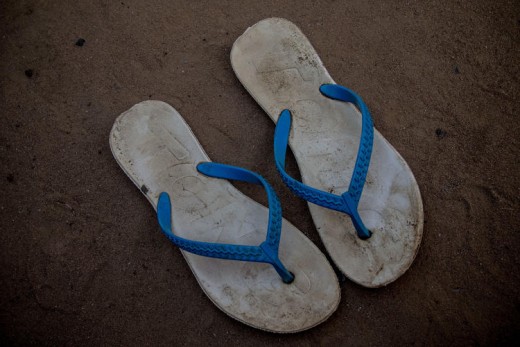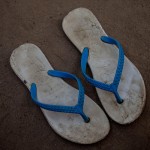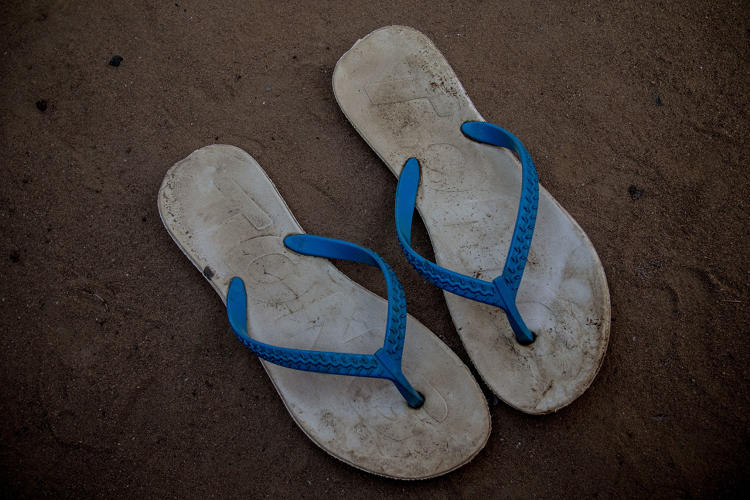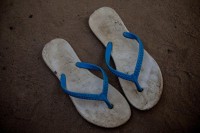See The Story Of income Inequality In photographs of individuals’s household Possessions
Toothbrushes, nice shoes, kids toys: when you see the adaptation in how families around the world live with their objects, you see world poverty in a brand new mild.
December 17, 2015
What’s it like to live on $10 a week? Or $one hundred, or $1,000? a brand new photo collection makes the answer less abstract than common: as a substitute of specializing in knowledge, it tells the story of profits inequality through on a regular basis objects.
Take a toothbrush. Ask any person dwelling on a greenback or two a day in rural India how they brush their enamel, and they’d dangle up a finger. Others might use a twig. For these with a little extra money, a family would possibly share one old toothbrush. at the other finish of the spectrum, every member of the family might have an electric toothbrush—maybe even in their own rest room.
it’s a easy solution to think about living a fully totally different lifestyles. a new web site referred to as greenback boulevard, set to launch early in 2016, lays out homes from all over the world in a sequence—poorest on the left, richest on right—and then presentations what’s inside of each house, from shoes to dish racks to toys.
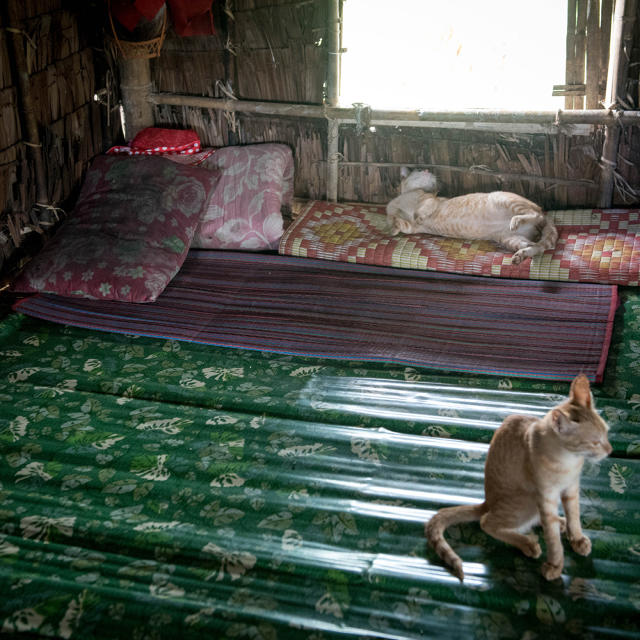
“the current means of speaking poverty, which may be very often children crying or ‘catastrophe imagery,’ type of implies a moral usual,” says Anna Rosling-Rönnlund, mission manager for buck boulevard. “whilst you see it you are speculated to act somehow—donate some cash or alternate how you consume or something. I felt that it was a way of speaking that excludes the pure understanding of one thing. you may have these ethical layers on it which i believe makes it harder for many individuals to in reality bear in mind what the world is like.”
Rosling-Rönnlund, who skilled as a photographer, first began fascinated about the speculation as a co-founding father of the Gapminder basis, which makes use of picture charts to current knowledge concerning the world. “lots of people are nonetheless hesitant to look at statistics,” she says. “a colourful chart is still a chart.”
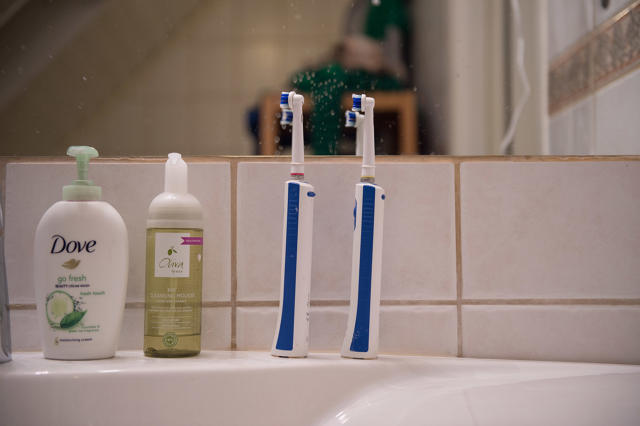
A chart also can not inform the identical story as a picture. “I understand that having a look at one of the crucial household surveys that World bank produced, and it was pronouncing this many people in an age team have an ‘more desirable pit latrine,'” she says. “I began thinking, I be mindful the numbers, but do I actually recognize what a pit latrine is? Being a photographer, i believed, why now not take an image of it as an alternative?”
to this point, the venture has photographed the objects in over 200 houses, in forty eight countries. every photographer goals to seize one hundred thirty five totally different gadgets. “We wished to have everyday functions everyone does,” Rosling-Rönnlund says. Like a stove—it’s not relevant what profits you will have, by some means you’re going to prepare meals by some means. And a bathroom, and shower, and soap, and the bed.”
most of the images do not embrace people, so it’s more uncomplicated for the viewer to think about in fact the usage of the objects themselves. “every time you see a house from a negative u . s ., most ceaselessly you see like the whole domestic standing in entrance of the home, and also you get so distracted via seeing all those individuals it can be difficult to take into account what life is really like for them,” she says.
ultimately, she hopes that the website will change into a typical software in school rooms. “the whole thought is to moderate a baseline imagery that can work in parallel with an international map, being a reference so that you bear in mind what the world seems like on a extensive scale,” she says.
[All images: by the use of buck boulevard]
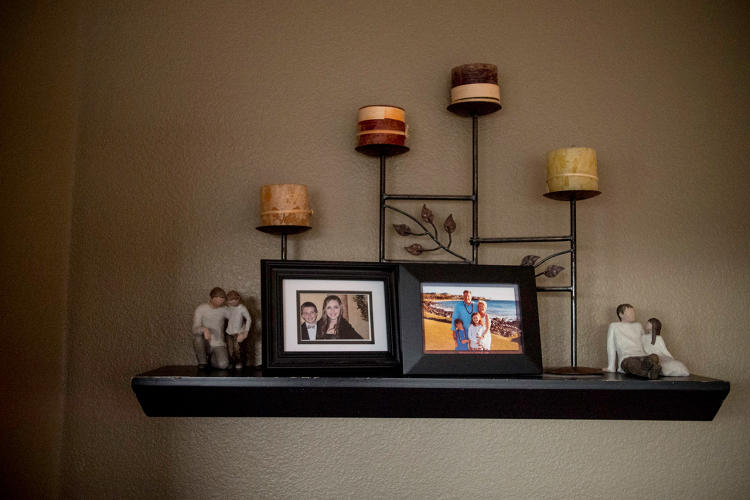
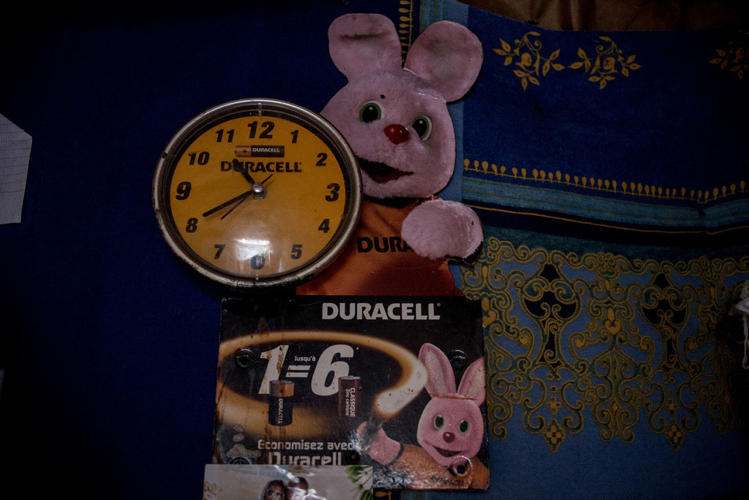
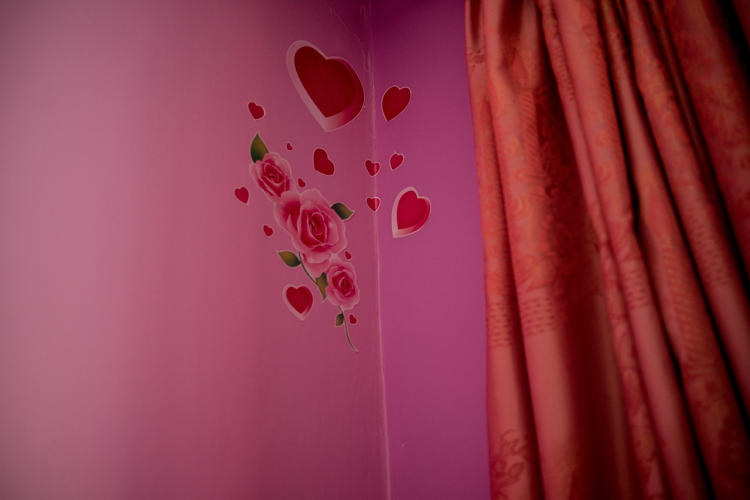

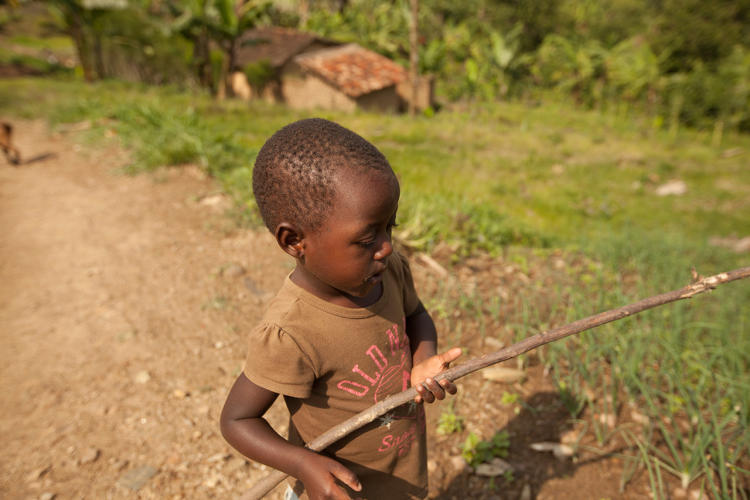
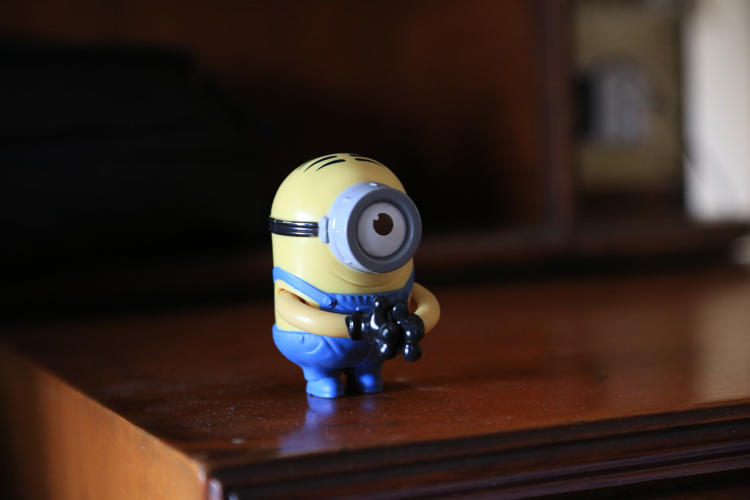
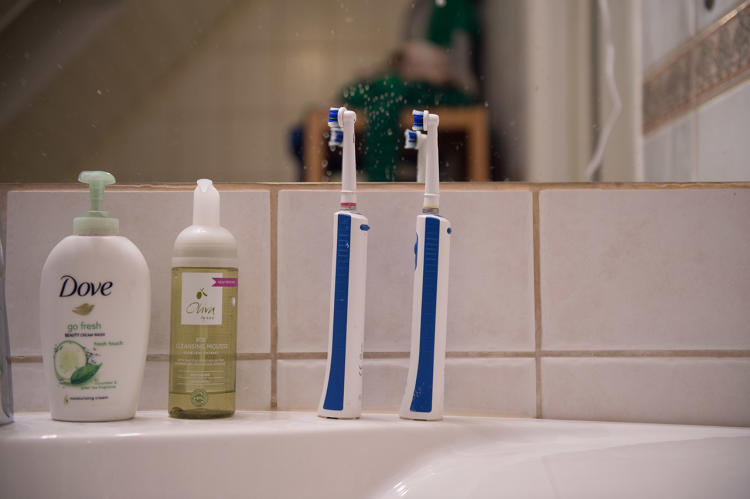
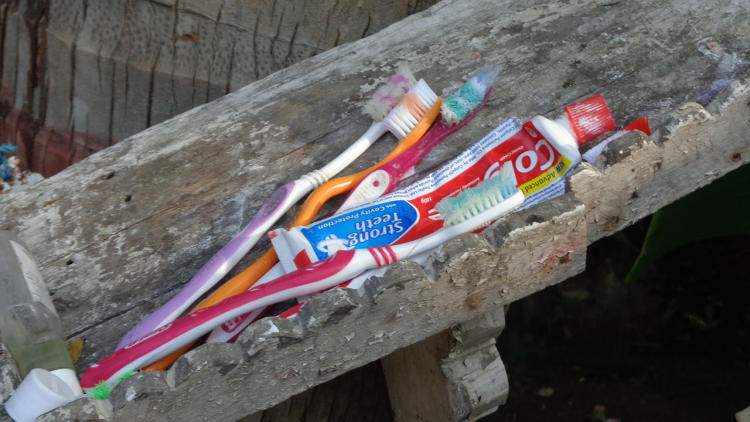



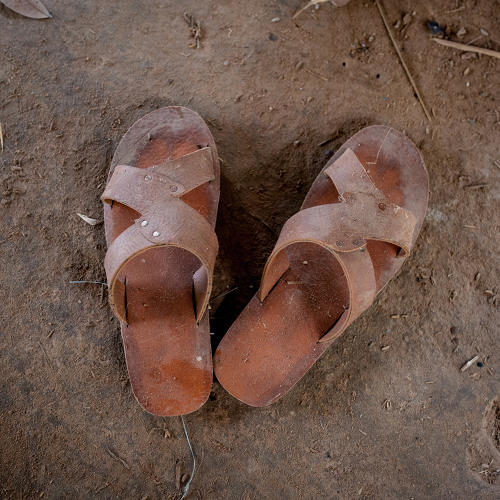
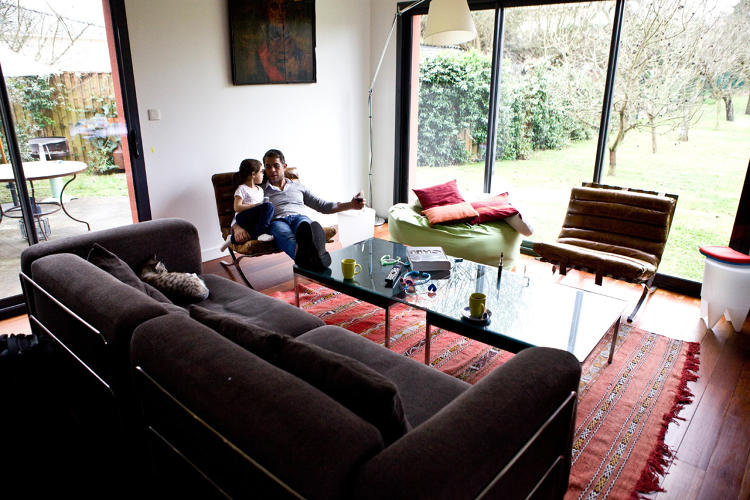
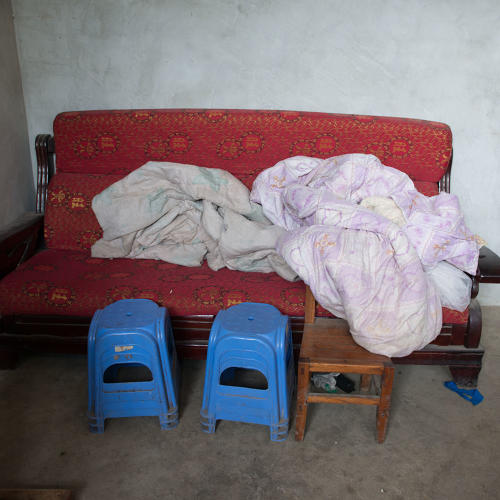
quick company , read Full Story
(13)

